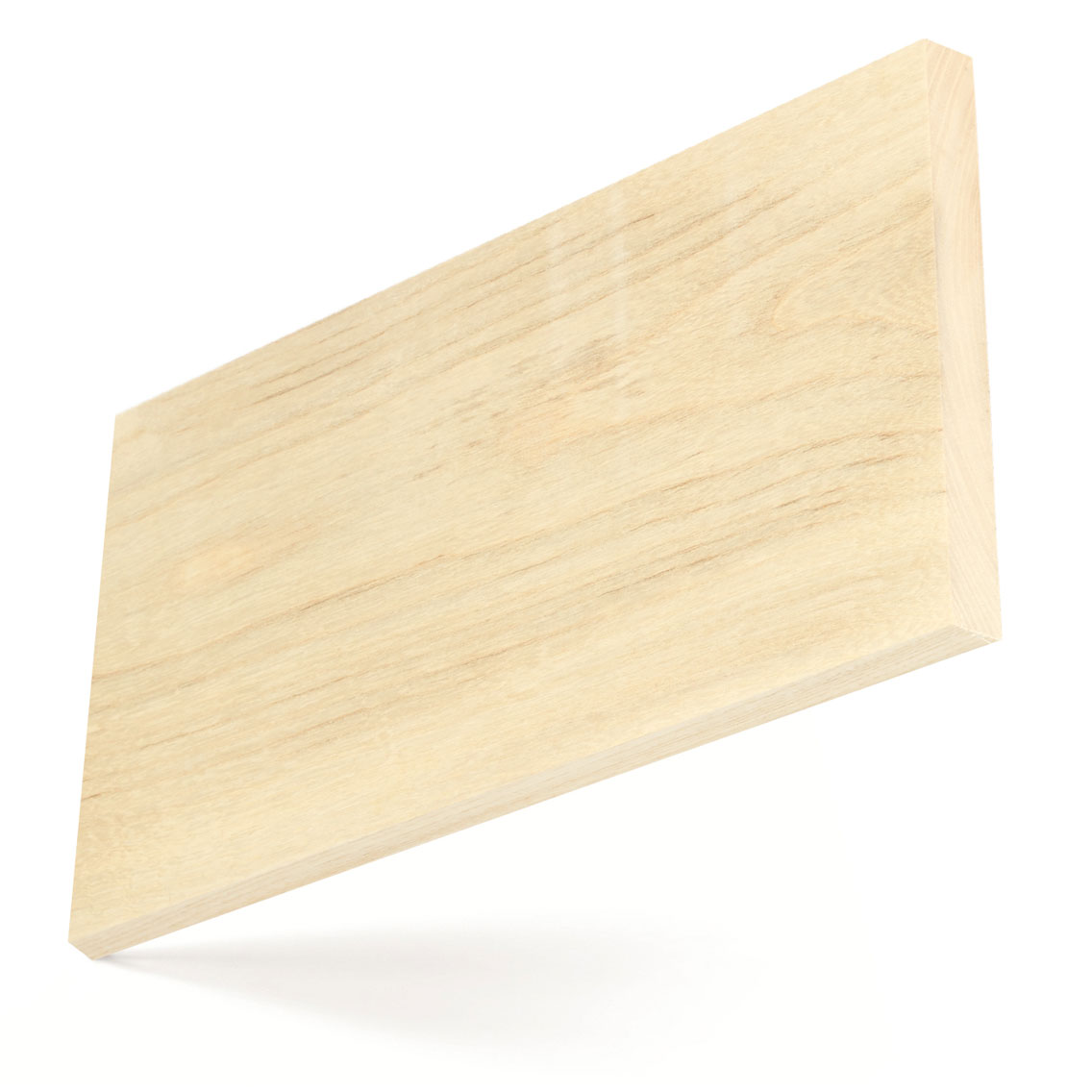American hackberry
American hackberry is an attractive American hardwood, relatively unknown outside the USA.
Latin Name
Celtis occidentalis
Other Common Names
sugarberry

Forest Distribution
American hackberry trees, are tolerant of a wide range of soils, so are quite widespread in the USA, growing in naturally regenerated forests mainly in the central and southern States, not to be confused with Mississippi hackberry (C. tenuifolia) that grows mainly near the Gulf coast. The trees of common hackberry can grow large, tall and straight with few lower branches for 70 feet yielding clear lumber.
FOREST GROWTH
FIA data shows U.S. hackberry growing stock is 138 million m3, 1.0% of total U.S. hardwood growing stock. Hackberry is growing 4.3 million m3 per year while the harvest is 1.2 million m3 per year. The net volume (after harvest) is increasing 3.1 million m3 each year. Hackberry growth rates are well above harvest rates in all significant producing states.
LCA Tool
seconds
Material Availability
Hackberry is only available in very limited volumes of sawn lumber in export grades, and mostly as thinner material (4/4” & 5/4”) and produced mainly in the Southern USA. Veneer may also be available from specialist suppliers.
Wood Description
The wood of hackberry is similar to elm to which it is related, but although heavy is fairly soft and not very strong. The irregular coarse grain may be straight and sometimes interlocked, but it has a fine uniform texture. There is little difference between the sap and the heartwood which are yellowish grey to light brown in colour throughout.
Mechanical Properties
The wood of hackberry is moderately hard and heavy with good bending strength, but low in compression. It has high shock resistance and good steam bending classification, but is low in stiffness.
-
0.53
Specific Gravity (12% M.C.)
593 kg/m3
Average Weight (12% M.C.)
13.50%
Average Volume Shrinkage (Green to 6% M.C.)
76.535 MPa
Modulus of Rupture
8,205 MPa
Modulus of Elasticity
37.509 MPa
Compressive strength (parallel to grain)
3,914 N
Hardness
Oiled / Un-Oiled Appearance


Performance
- Hackberry planes and turns well, but is intermediate in its ability to hold nails and screws. It stains and polishes to a satisfactory standard. It dries easily with minimum degrade, but has high shrinkage and may be susceptible to movement in performance. Hackberry is susceptible to blue stain before and after kilning, so lumber purchased in the USA may be surfaced (planed) pre-shipment.
- The wood is non-resistant to heartwood decay and moderately resistant to preservative treatment.
Main Uses
Common hackberry is used for furniture and kitchen cabinets, internal joinery, doors and mouldings. It is also used as a substitute for ash.